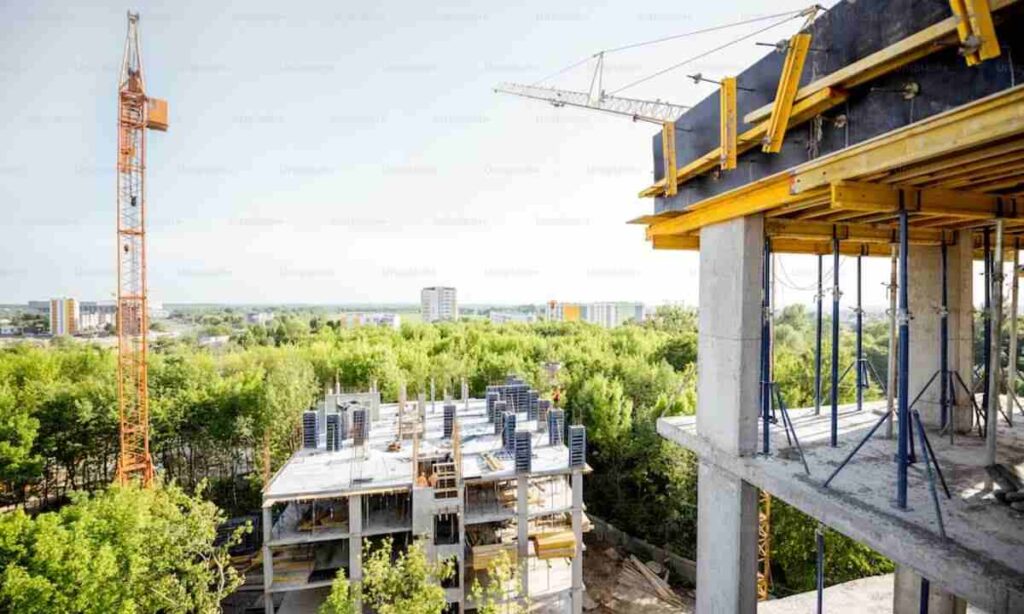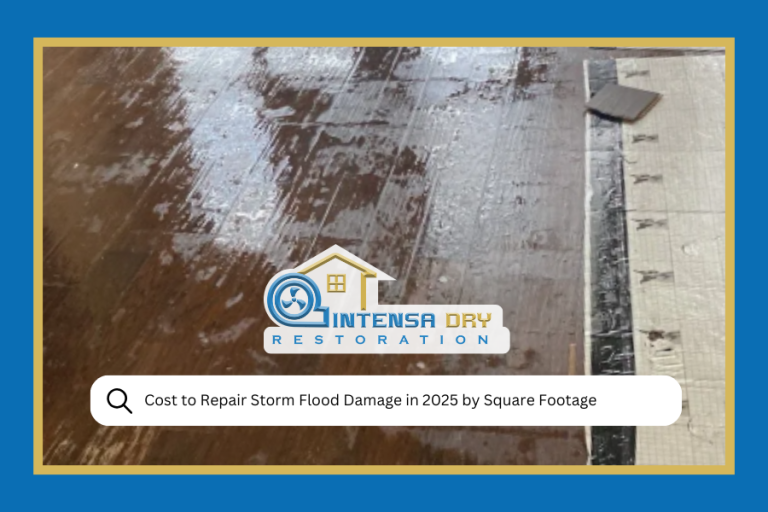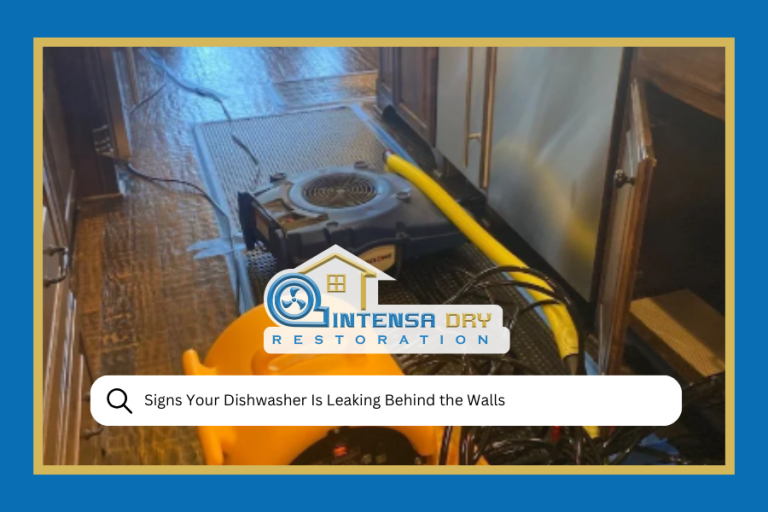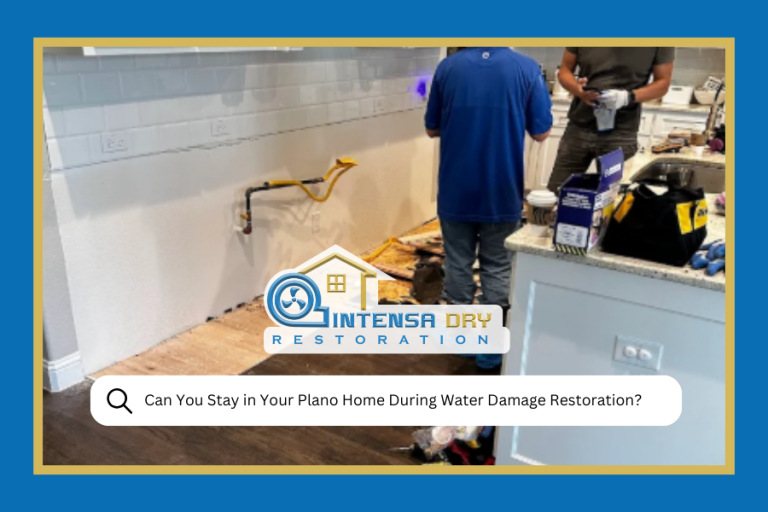Embarking on a reconstruction project can be both exciting and challenging. Whether you are renovating your home or revamping a commercial space, safety should always be the top priority. The reconstruction process involves various tasks, materials, and machinery that pose potential risks if not handled with caution. In this guide, Intensa Dry will help you explore essential tips for maintaining safety during the reconstruction process. By implementing these measures, you can ensure a secure environment for everyone involved, from workers to residents or visitors
Understanding the Risks:
Before we delve into the intricate tapestry of safety measures, it is imperative to comprehend the multifaceted risks inherent in the reconstruction process. Construction sites, akin to dynamic ecosystems, harbor a plethora of potential hazards. The peril of falls from elevated surfaces, the constant threat of trips and slips due to debris or uneven flooring, and the lurking dangers of electrical mishaps stemming from exposed wiring or malfunctioning systems all contribute to the complexity of the safety landscape. Additionally, there’s the risk of chemical exposure from paints, solvents, and construction materials, as well as the ever-present danger of accidents involving heavy machinery or structural integrity issues during demolition and construction. Acknowledging these risks lays the foundation for a proactive and comprehensive approach to safety.
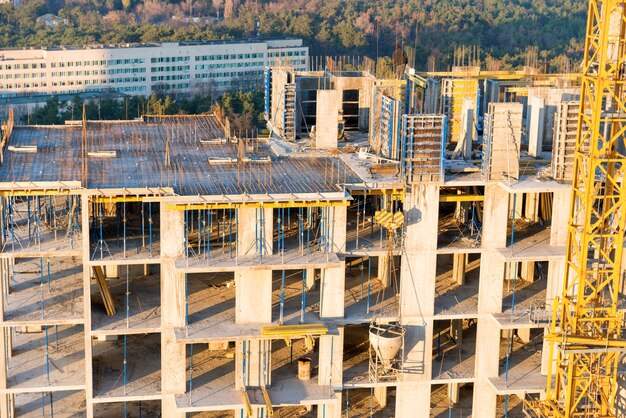
Essential Safety Tips:
1. Detailed Safety Plan:
The cornerstone of a secure reconstruction project lies in a meticulously crafted safety plan. This document, akin to a project blueprint, encompasses thorough risk assessments, emergency procedures, and specific safety protocols tailored to the nuances of the project at hand. It is a proactive roadmap that guides the entire team through potential hazards and establishes a framework for preemptive and responsive safety measures. The plan is a living document, evolving as the project progresses, and serves as a constant reference point for everyone involved, from project managers to on-site workers. Investing time and resources in developing a detailed safety plan ensures a structured and organized approach to safety, fostering a culture of awareness and responsibility among the project’s stakeholders.
2. Proper Training:
The workforce is the heartbeat of any construction project, and empowering them with the right knowledge is paramount for ensuring safety. Proper training is not a mere formality but a strategic investment in equipping workers with the skills and awareness needed to navigate potential hazards. This training encompasses a spectrum of topics, from the correct usage of machinery to the safe handling of hazardous materials and a clear understanding of emergency response procedures. It is a dynamic process, adapting to the evolving needs of the project and incorporating feedback from the field. Well-trained workers are not just skilled labor; they are the frontline defense against potential accidents, contributing to a safer and more efficient reconstruction process.
3. Protective Gear:
Personal Protective Equipment (PPE) is the armor that shields workers from the myriad risks present on a construction site. Enforcing the use of appropriate protective gear, including hard hats, gloves, safety goggles, and steel-toed boots, is non-negotiable. The type of PPE required may vary based on the specific tasks involved, and it serves as the first line of defense against potential injuries. Beyond its physical role, PPE also symbolizes a commitment to a culture of safety, creating a visible reminder of the importance of individual responsibility in maintaining a secure work environment. Mandating and rigorously enforcing the use of protective gear is a proactive measure that significantly mitigates the risk of accidents and contributes to the overall well-being of the construction team.
4. Secure the Site:
Limiting access to the construction site is a foundational step in maintaining safety. Implementing barriers, warning signs, and secure entry points serves a dual purpose. It deters unauthorized individuals from entering potentially hazardous zones, ensuring that only those with a legitimate reason and the necessary training are present on-site. Simultaneously, it creates a controlled environment where safety protocols can be effectively enforced and monitored. Site security extends beyond physical barriers; it includes measures such as digital access controls and surveillance systems to further enhance the overall safety of the construction site. By securing the site effectively, project managers create a protected space conducive to efficient work and minimal safety risks.
5. Regular Equipment Inspections:
The machinery and equipment used in a reconstruction project are not just tools; they are integral components of the entire process. Regular inspections are a proactive measure to ensure that these tools are not just operational but also in optimal condition. Machinery malfunctions or failures can pose significant risks, leading to accidents and project delays. Conducting routine inspections, ideally before each use, is a systematic approach to identifying and addressing potential issues before they escalate. This practice not only contributes to safety but also extends the lifespan of the equipment, optimizing its efficiency. The responsibility of equipment inspections falls on both project managers and on-site operators, creating a collaborative effort to maintain a safe and productive working environment.
6. Proper Waste Disposal:
A construction site in disarray not only hampers efficiency but also poses safety risks. Proper waste disposal is not just about maintaining a clean worksite; it is a strategic measure to manage construction debris and hazardous materials responsibly. Implementing a systematic waste disposal process involves categorizing waste, using designated containers, and ensuring that hazardous materials are handled and disposed of in accordance with regulations. Beyond safety, effective waste disposal contributes to environmental sustainability, aligning the project with broader eco-friendly practices. Project managers play a pivotal role in establishing and enforcing waste disposal protocols, emphasizing the importance of cleanliness and organization as integral components of overall safety on the construction site.
7. Communication Protocols:
The construction site is a dynamic and collaborative environment where effective communication is the linchpin of success. Implementing clear communication protocols among team members is not just a formality; it is a proactive measure to ensure that information flows seamlessly, minimizing the risk of misunderstandings or oversights. Regular safety meetings serve as forums for discussion and clarification of safety procedures. Simultaneously, signaling systems, whether visual or auditory, enhance coordination on-site, especially in situations where verbal communication may be challenging. Transparency and clarity in communication contribute to a shared understanding of the project’s current status and potential safety concerns, fostering a collaborative culture where everyone is on the same page regarding safety protocols.
8. Emergency Response Plan:
Hope for the best, but plan for the worst. An emergency response plan is not a theoretical document; it is a dynamic blueprint designed to guide the team through potential accidents or disasters. From fires to medical emergencies, having a well-thought-out plan in place ensures that every member of the construction team knows their role and the necessary steps to take in case of an emergency. Evacuation routes, assembly points, and emergency contact information are not just details; they are critical components of a safety net that can prevent minor incidents from escalating into major crises. Regular drills and training sessions are essential to familiarize the team with the emergency response plan, turning it from a theoretical document into a practical and potentially life-saving tool.
9 Weather Considerations:
Mother Nature is an unpredictable collaborator in outdoor reconstruction projects. Monitoring weather forecasts isn’t just a routine task; it’s a proactive measure to anticipate and mitigate potential safety risks. Adverse weather conditions, from heavy rain to extreme heat, can significantly impact the safety and efficiency of the construction process. Planning for these contingencies involves adjusting work schedules, implementing additional safety measures, and, in extreme cases, temporarily halting certain tasks until conditions improve. Weather considerations are not just about avoiding discomfort; they are about prioritizing safety in the face of external variables that can influence the outcome of the reconstruction project. By staying vigilant and responsive to weather changes, project managers can adapt their plans to maintain a safe working environment.
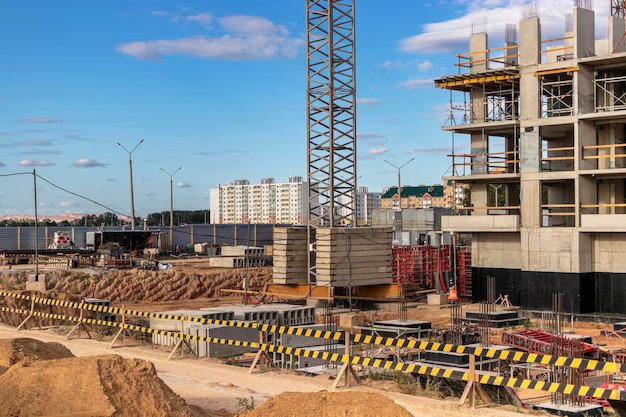
10. Collaboration with Authorities:
Construction projects do not exist in isolation; they are subject to local regulations and building codes. Collaborating with local authorities isn’t just a formality; it’s a strategic partnership that ensures the project aligns with safety standards and legal requirements. This collaboration involves regular inspections, obtaining necessary permits, and adhering to specific guidelines that vary based on the project’s location. Beyond regulatory compliance, this collaboration provides an additional layer of oversight, offering insights and recommendations that can enhance the safety of the construction site. By proactively engaging with authorities, project managers demonstrate a commitment to not just meeting minimum standards but exceeding them, creating a safer and more robust environment for everyone involved in the reconstruction project.
Conclusion:
In the intricate dance of reconstruction, safety isn’t a singular step but a fluid rhythm that permeates every facet of the process. Prioritizing safety isn’t just a legal obligation; it’s a commitment to the well-being of everyone involved in the project. By implementing a detailed safety plan, providing thorough training, and adhering to essential safety tips, you not only mitigate potential risks but also foster a culture of responsibility and vigilance on the construction site. Remember, safety is not a one-time consideration; it’s a continuous, evolving effort. In the symphony of construction, let safety be the conductor, guiding every note to a harmonious and secure conclusion. The commitment to safety isn’t just a checkbox on a project plan; it’s the heartbeat that sustains the life of the reconstruction process. There are a few reconstruction service provider companies in Texas that may see to all your needs and wants. As the project progresses, so should the commitment to keeping everyone safe, ensuring that the finished product is not just a testament to architectural prowess but a sanctuary where well-being reigns supreme.
FAQ’s
What are the 5 things of safety?
Safety is ensured through rigorous risk assessments, comprehensive training, and the mandatory use of Personal Protective Equipment (PPE). Clear communication channels and practiced emergency response plans further solidify a culture of safety, creating a secure environment for all involved.
What safety precautions should be taken to ensure safety?
To ensure safety, implement thorough risk assessments, provide comprehensive training, and mandate the use of Personal Protective Equipment (PPE). Establish clear communication channels, and practice emergency response plans regularly for a secure working environment.
What are the six steps for safety?
To ensure safety, conduct a thorough risk assessment, provide comprehensive training on safety protocols and Personal Protective Equipment (PPE) use, establish clear communication channels, implement stringent site security measures, conduct regular equipment inspections, and develop/practice emergency response plans for swift action in critical situations.
What is a good safety message?
A good safety message succinctly communicates the importance of prioritizing safety and encourages a proactive mindset. For example: “Safety is not just a practice; it’s a culture. Every task, big or small, deserves the commitment to work safely. Your well-being is our top priority.”
What is safety procedure?
A safety procedure is a structured set of guidelines and actions designed to prevent accidents and ensure a secure working environment. It outlines specific steps, protocols, and measures to be followed systematically to mitigate risks and protect the well-being of individuals in a given setting.

